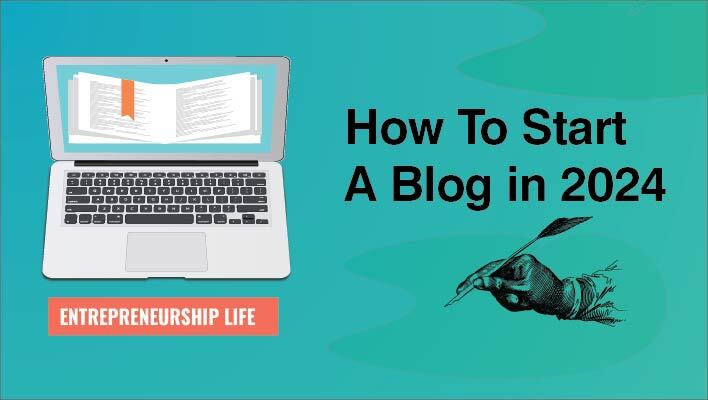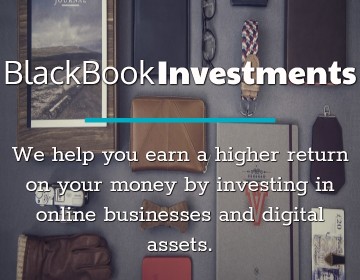
If you’re running a startup, you know that simply getting traffic to your website isn’t enough. What really matters is converting those visitors into paying customers. A well-designed marketing funnel ensures you don’t just attract leads but also nurture and convert them effectively. Whether you’re launching a new product or scaling an existing one, understanding how to build a high-converting funnel can be a game-changer. With expert guidance from Growth Division marketing services, you can streamline your funnel and maximise conversions.
This guide will walk you through the key stages of a marketing funnel, what content works best at each stage, and how to optimise your funnel for maximum conversions.
Table of Contents
1. Understanding the Stages of a Marketing Funnel
At its core, a marketing funnel is a structured path that moves potential customers from awareness to conversion. Each stage plays a crucial role:
- Awareness – This is the first touchpoint. Prospects discover your brand through ads, content marketing, SEO, or social media.
- Interest – At this stage, they start engaging—reading blogs, signing up for newsletters, or watching videos.
- Desire – Prospects are evaluating their options, comparing competitors, and considering whether your solution fits their needs.
- Action – The decision-making phase, where leads either convert into customers or drop off.
- Retention & Advocacy – A truly effective funnel doesn’t stop at the sale. Retaining customers and turning them into brand advocates can drive long-term success.
Each stage requires different strategies and content types to keep prospects moving forward.
2. Defining and Understanding Your Target Audience
A marketing funnel is only as effective as its relevance to your audience. Start by identifying:
- Who are your ideal customers?
- What problems do they need to solve?
- What barriers might prevent them from converting?
Using customer personas, surveys, and analytics can help tailor your messaging and approach at each stage of the funnel.
3. Creating Content That Guides Customers Through the Funnel
Every stage requires specific types of content to push leads closer to a purchase:
- Awareness: Blog posts, infographics, social media content, SEO-optimised articles.
- Interest: Webinars, lead magnets, gated eBooks, email newsletters.
- Desire: Case studies, testimonials, comparison guides, free trials.
- Action: Limited-time offers, strong CTAs, personalised email sequences.
- Retention: Onboarding emails, exclusive offers, loyalty programs.
Your content should match where the prospect is in the decision-making process.
4. Choosing the Right Marketing Channels
Not all marketing channels work the same way for every startup. Consider:
- Organic search (SEO) – Long-term traffic through keyword-optimised content.
- Social media – Platforms like LinkedIn, Twitter, and Instagram can drive engagement.
- Paid ads (PPC & social ads) – Ideal for targeting high-intent leads quickly.
- Email marketing – Critical for nurturing leads through personalised touchpoints.
- Referral programs – Turn existing customers into brand advocates.
Using a mix of channels can create a more robust and high-performing funnel.
5. Implementing Lead Capture & Nurturing Strategies
To convert traffic into leads, use:
- Lead magnets: Free resources like templates, eBooks, or industry reports.
- Landing pages: Optimised pages with strong CTAs and minimal distractions.
- Forms & chatbots: Interactive ways to capture contact details.
Once you have a lead, nurture them with:
- Automated email sequences: Drip campaigns that provide value and encourage action.
- Retargeting ads: Re-engage prospects who didn’t convert initially.
- Personalised follow-ups: Using segmentation to deliver relevant messaging.
6. Tracking, Analysing & Optimising Performance
Your funnel isn’t static—it requires ongoing refinement. Key metrics to monitor include:
- Conversion rate: How many leads turn into paying customers?
- Bounce rate: Are visitors leaving without engaging?
- Customer acquisition cost (CAC): Are your marketing efforts cost-effective?
- Lifetime value (LTV): Are customers staying with you long-term?
A/B testing landing pages, email subject lines, and CTA placements can reveal what resonates best with your audience.
7. Encouraging Advocacy & Repeat Business
Your best customers are those who keep coming back—and bring others with them. Encourage:
- Referral incentives – Offer discounts or rewards for referring new customers.
- Exclusive content or offers – Keep existing customers engaged with VIP treatment.
- Community-building – Leverage user-generated content and customer success stories.
Happy customers become brand ambassadors, fueling sustainable growth.
Final Thoughts
Building a high-converting marketing funnel takes time, experimentation, and data-driven decisions. By aligning your content, channels, and engagement strategies with each stage of the funnel, you can turn casual visitors into loyal customers and brand advocates.
If you’re serious about scaling your startup, refining your funnel should be an ongoing priority. Keep testing, learning, and optimising—and the results will follow.

